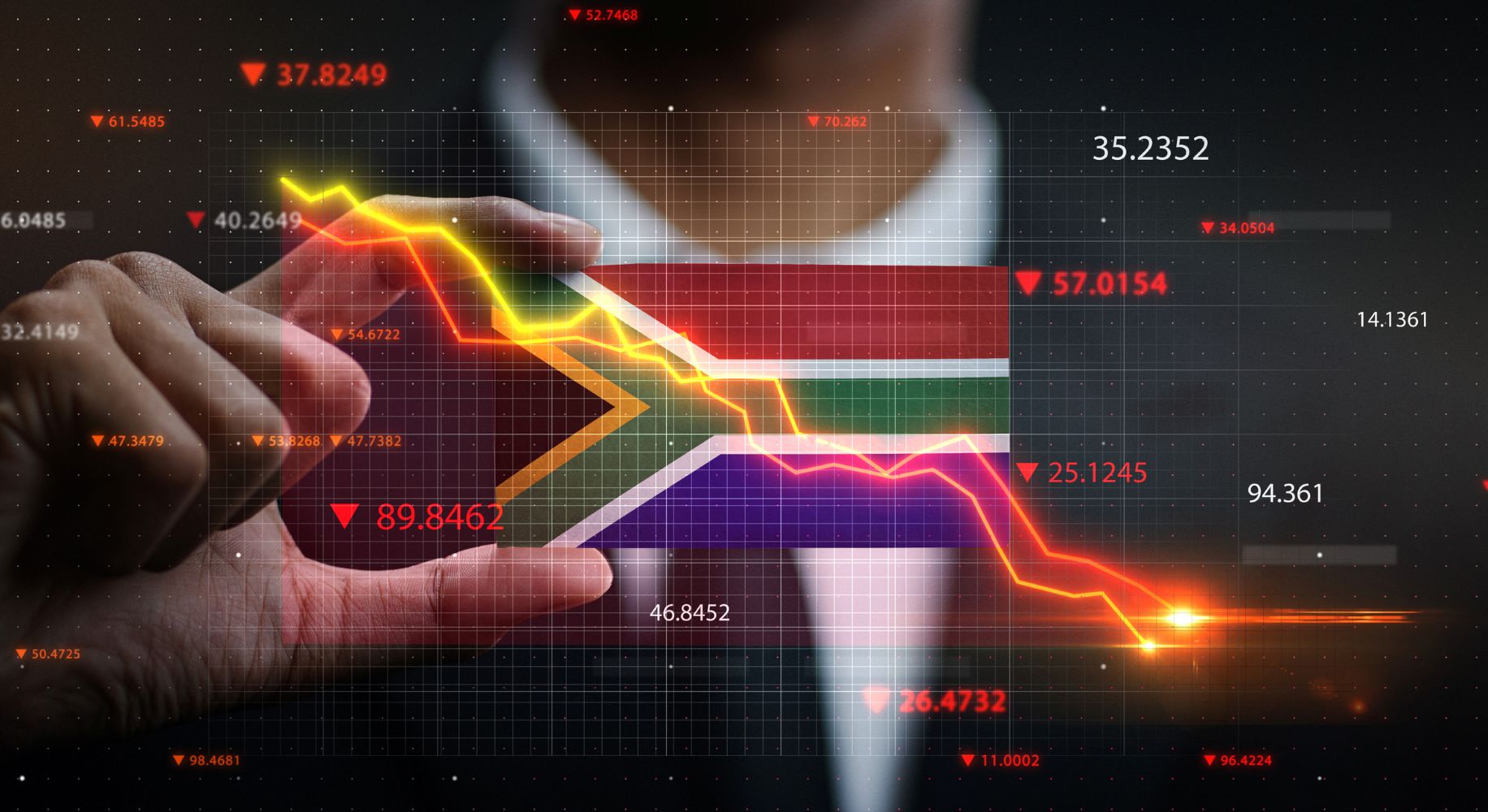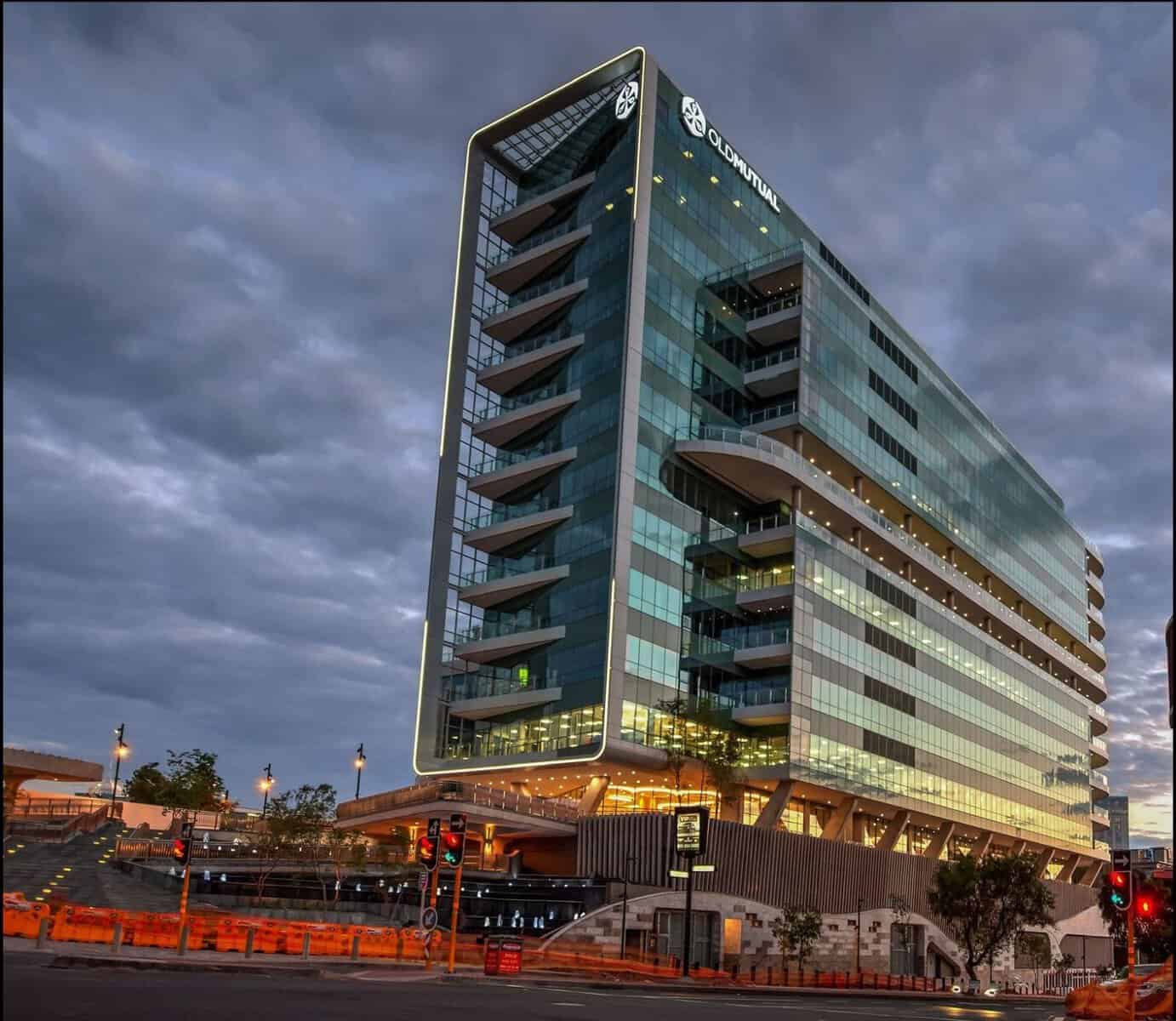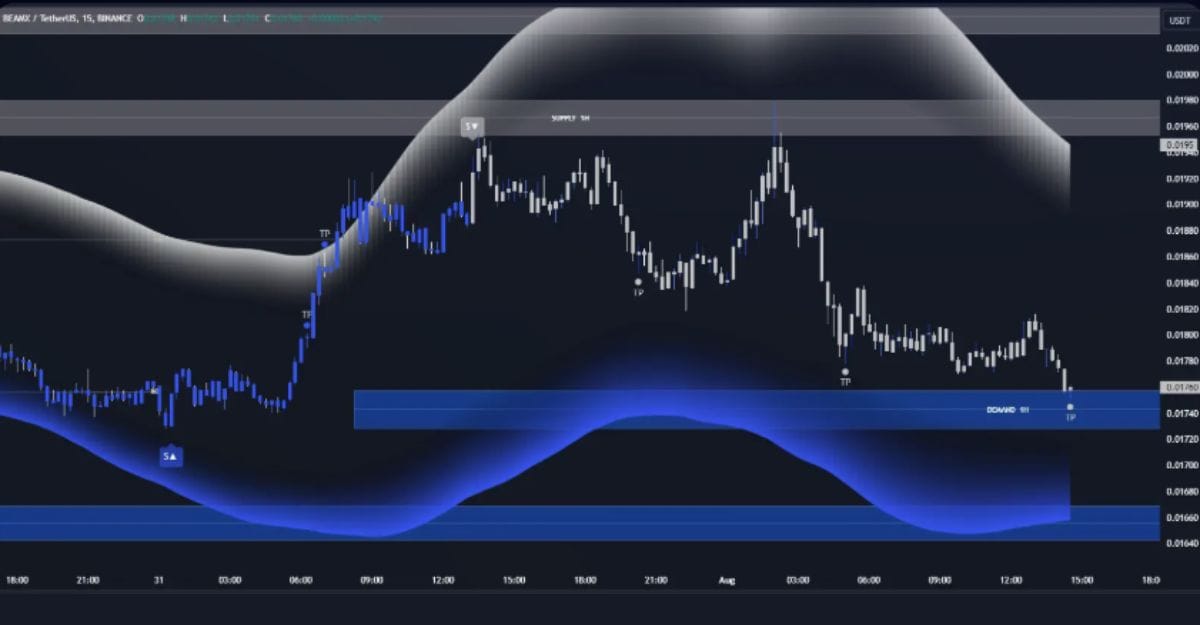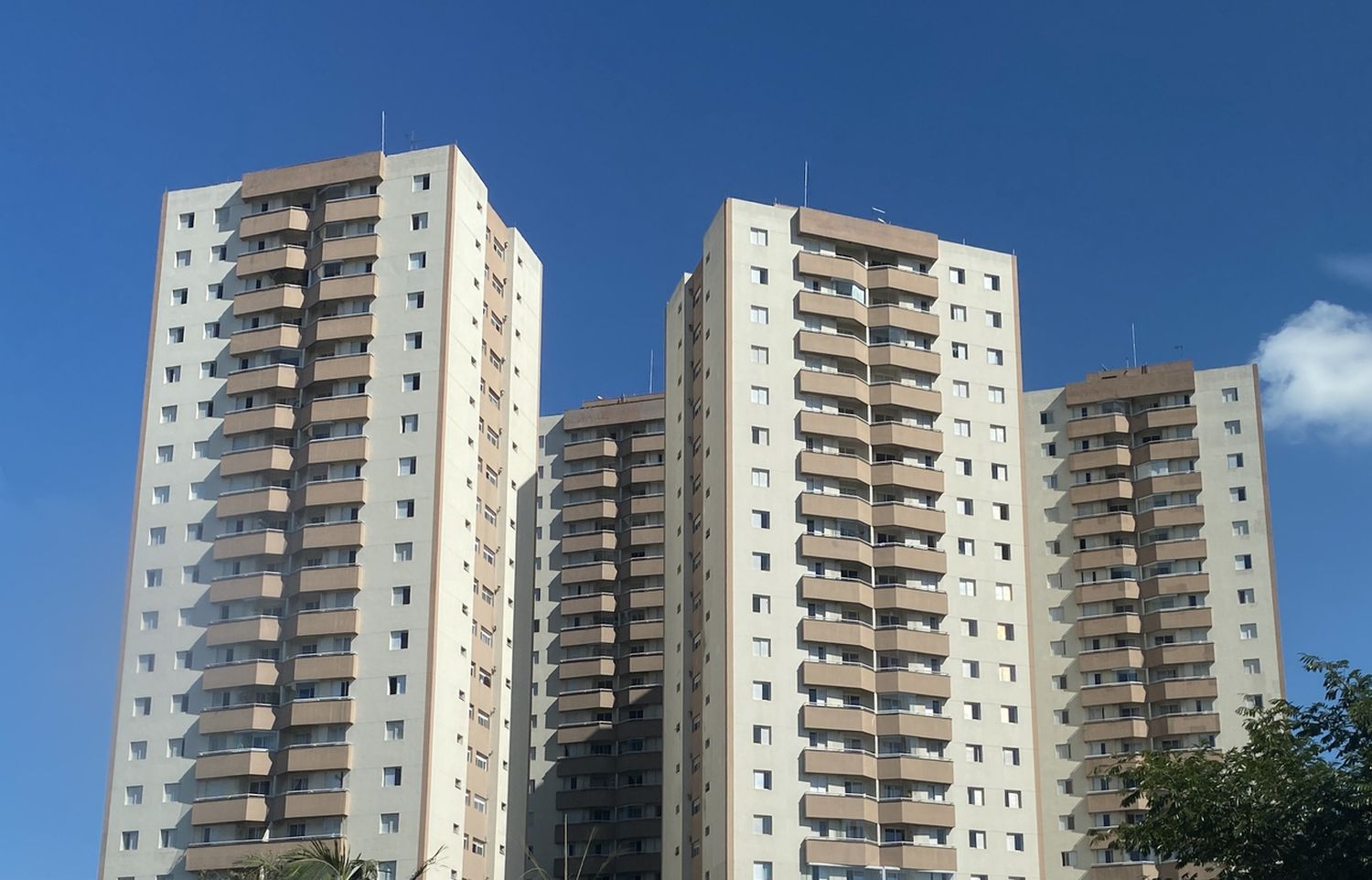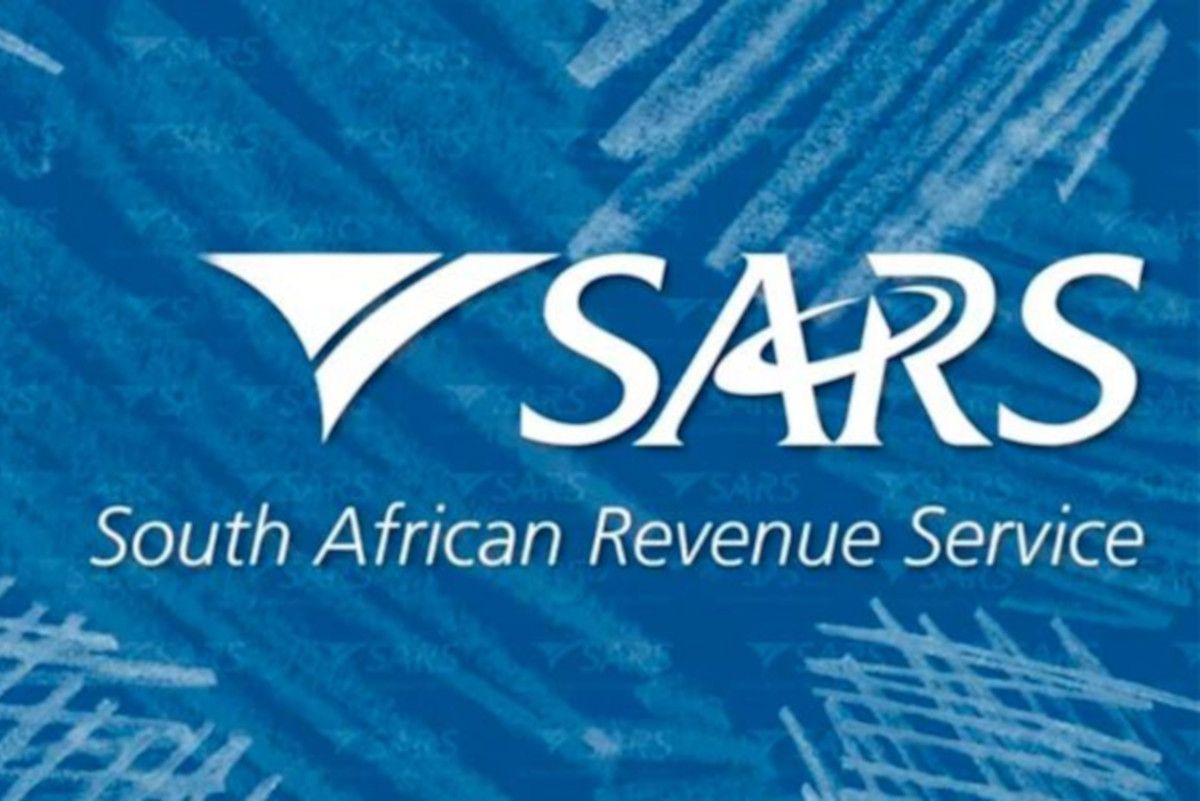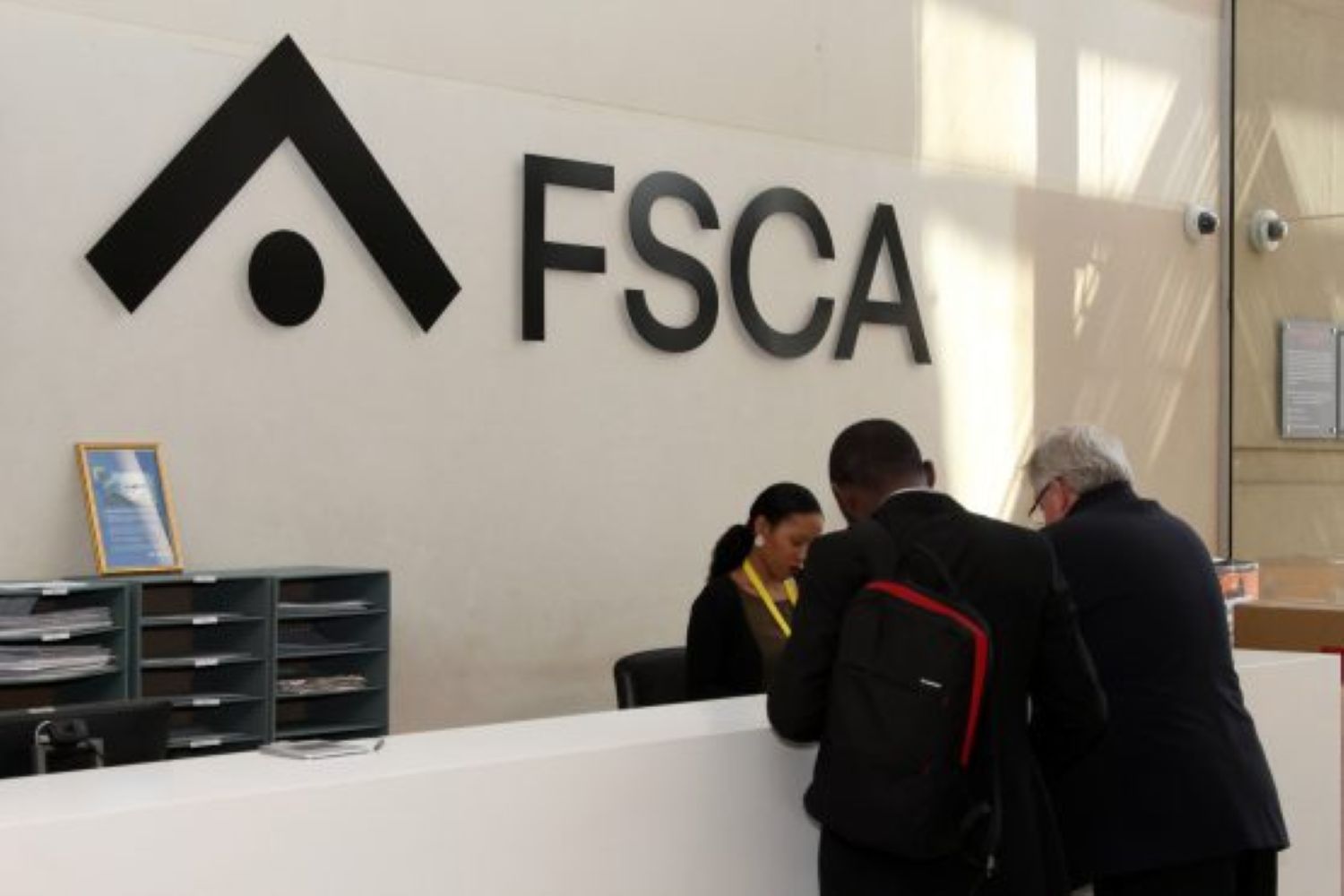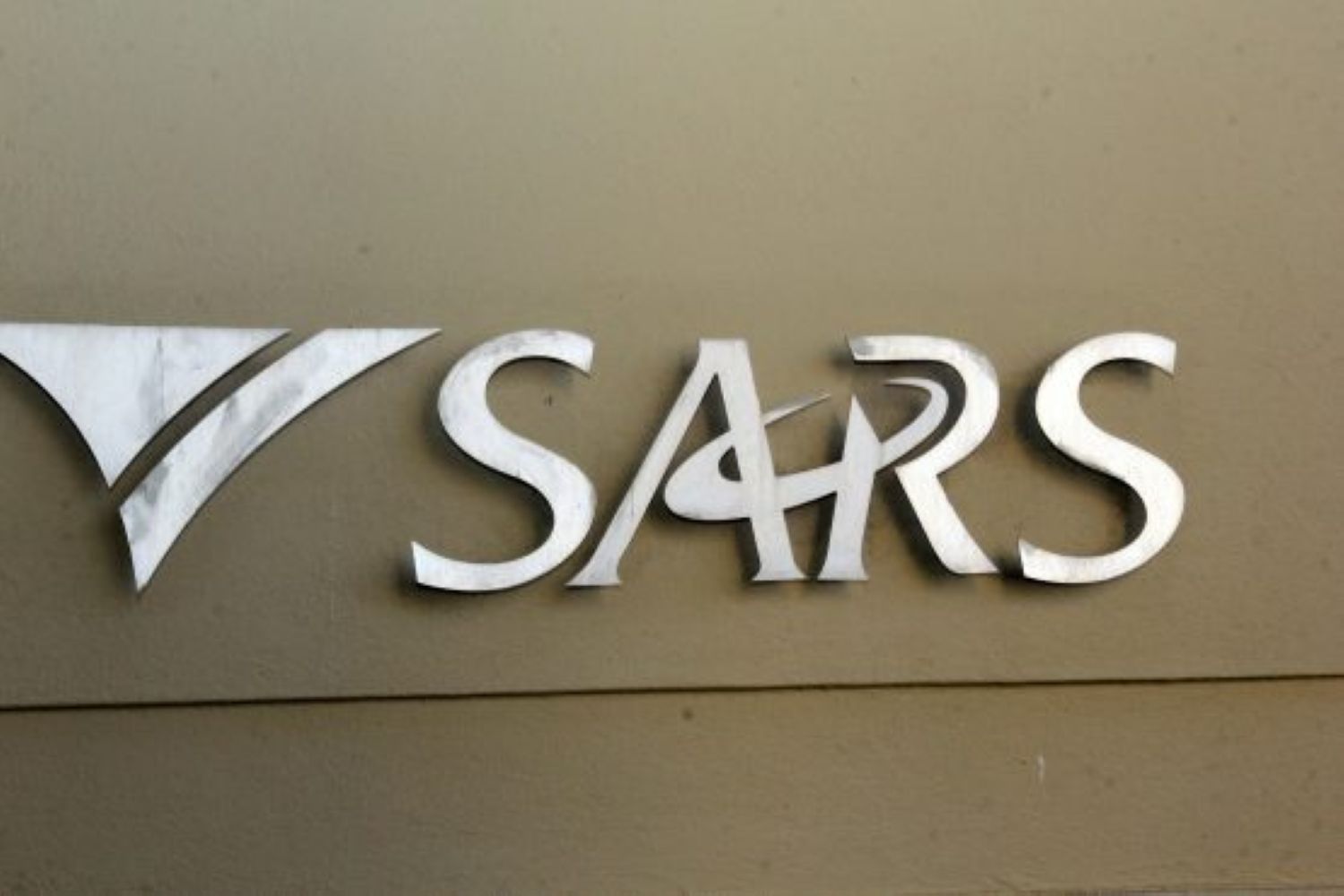Never a dull moment on the economic front these days, it seems, as politics continue to affect oil prices and exchange rates.
What could have been a quiet week on the economic front turned out to be a political seesaw for the oil price as well as the rand, with the looming war in the Middle East first causing a substantial increase in oil prices, before the price receded again after a ceasefire was negotiated.
Tracey-Lee Solomon, economist at the Bureau for Economic Research (BER), says the week was marked by heightened domestic as well as international tensions. “At home, friction intensified between the two largest parties in the government of national unity (GNU), the ANC and the DA, as public disagreements resurfaced.
“The DA later said that the dismissal of deputy minister for trade, industry and competition, Andrew Whitfield, stemmed from his participation in a DA-led trip to Washington undertaken without presidential approval.”
ALSO READ: Deputy Minister warns low-income countries will be hit hardest by geopolitical tensions
Will the Fed cut interest rates in the US?
In the US, Solomon says, the Federal Reserve (Fed) officials shared mixed but cautiously optimistic views on potential rate cuts, with Fed chair Jerome Powell saying a cut could occur “sooner rather than later” if inflation remains controlled, but emphasised there is no urgency. Currently, markets expect a 25-basis-point cut in September.
She points out that the US attack and limited Iranian response meant that it was a volatile week in financial markets, but ultimately, many assets reverted to pre-strike levels, and in some cases, markets displayed even more risk-taking behaviour than before.
Bianca Botes, director at Citadel Global also says the ongoing conflict between the US President Donald Trump and Powell, has once again taken centre stage. “The dispute, which has been simmering for many years, was reignited by Powell’s testimony before Congress this week.
“Now that Trump is openly discussing replacing Powell, the issue has taken on heightened significance and the markets are bracing themselves for potential shifts in US monetary and interest rate policy, as well as questioning the independence of the most important central bank in the world.”
ALSO READ: Navigating economic headwinds of grey list and US tariffs – BLSA
Rand wins against the dollar again
“After briefly strengthening at the start of the week, the US dollar was trading about 2% weaker on Thursday after Trump said he might announce Powell’s successor earlier than expected. For the rand, this meant a 2.0% appreciation against the greenback this week and minimal change against the UK pound sterling and euro,” Solomon says.
Botes says while the rand traded at R17.8673/$ following strong trade since Monday, the weakening is seen as a correction following breaks below key technical levels and nervousness around the latest DA-ANC spat.
Busisiwe Nkonki and Isaac Matshego, economists at the Nedbank Group Economic Unit, say the rand firmed further at the start of the week, in line with the broad trend in emerging market currencies, but weakened marginally on Thursday after news broke of Whitfield’s dismissal.
“The local unit increased to R17.74/$ on Wednesday from R18.01 last Friday, but lost ground on Thursday to trade around R17.85 on Friday morning. The rand was trading at R17.81/$ on Friday afternoon.
ALSO READ: Global mining sector revenue fell by 3% in 2024, but gold revenues increased 15%
Commodity markets: Oil and gold decrease
In commodity markets, the alleviation of supply risk caused the Brent Crude Oil price to drop by almost 18% compared to the previous week. Solomon says that before the 12-day Iran-Israel war, prevailing expectations were for a supply surplus this year amid weak demand and rising OPEC+ production.
“Once the Strait of Hormuz closure threat was largely removed, markets reverted to pricing in this surplus.”
Meanwhile, the gold price declined by 1.3% this week as market tensions eased and calm returned. Solomon says despite gold trading steadily between $3 300 and $3 400 per ounce in recent weeks, the lack of upward movement does not signal a retreat from safe-haven assets.
“In fact, investors have turned to other precious metals, with platinum standing out. Platinum prices surged by 9% this week alone. In addition to supply and demand fundamentals, this is partly driven by its relative affordability compared to gold, making it an increasingly attractive alternative for investors.”
ALSO READ: What Israel–Iran conflict means for South African economy
Oil price holding while ceasefire holds
Nkonki and Matshego say the Brent Crude Oil price was around $71.50 per barrel on Friday morning, dropping further this week on indications that the ceasefire between Israel and Iran is holding and after Trump announced that US and Iranian negotiators would meet next week.
“The gold price also eased further on moderating geopolitical risks, easing to $3 285 an ounce on Friday morning, while platinum is softer at $1 376 an ounce.
Botes says West Texas Intermediary crude also rebounded to above $65.08/barrel on unexpected US crude inventory draws and strong demand signals. “Geopolitical risks persisted, with Iran threatening the Strait of Hormuz (handling 20% of global liquified natural gas trade), while the expanded OPEC+ supply decisions and Canadian oil sands production added volatility. Goldman Sachs warned that Brent could surge to $110/barrel if Middle East disruptions escalate.”
In addition, she points out that the gold price moderated to $3,383.80/ounce, reaching a four-week low, as the Israel-Iran ceasefire appears to be holding and reduced safe haven demand. However, she says, lingering trade tensions and Fed rate cut expectations are still providing some support.
ALSO READ: Disturbing survey reveals borrowing now a lifeline in SA
Producer price index slows to 0.1% in May
Headline factory-gate inflation, measured by the Producer Price Index (PPI) for final manufactured goods, slowed to 0.1% in May 2025 from 0.5% in April.
Lebohang Namo, economist at the BER, says this was the lowest reading since November 2024. Food, beverages and tobacco products were the largest contributor (3.7%), while basic and fabricated metals (-12.3%) and chemicals, rubber and plastic products (-1.4%) were the largest detractors. On a monthly basis, PPI fell by 0.3% from 0.5% in April.
Nkonki and Matshego say the outcome was lower than their forecast of 0.8% and the market’s of 0.7%. “The downward pressure primarily came from coke, petroleum, chemicals, rubber and plastics. Deflation in this category deepened, with prices down 6.4%, after falling by 5.5% in April.
“The drag came from fuel prices, reflecting the impact of lower global oil prices and a firmer rand. Costs remained subdued or declined further in most other categories. The prices of most food products declined further, albeit at a slower pace. The only exception was meat prices, which rose by a relatively steep 10.5%.”
ALSO READ: Index reveals consumers are willing to spend money, but not too much
Consumer confidence seemed to recover from slump in first quarter
After plunging from -6 to -20 index points in the first quarter of 2025, the FNB/BER Consumer Confidence Index (CCI) rebounded to -10 in the second quarter. Namo says a number of adverse shocks knocked consumer sentiment during the first quarter, including the finance minister’s (aborted) proposal to hike Vat by two percentage points, the fallout between the ANC and the DA about the budget, a brief return to stage 6 load shedding, souring diplomatic relations between South Africa and the US and Trump’s alarming import tariff proposals.
“Consumer confidence is also still well below the average reading of -1 since 1994, signalling that consumers remain relatively pessimistic about the outlook for the economy and their household finances over the next twelve months.”
ALSO READ: Take-home pay slides for third month with grim job opportunities and earnings
Unemployment continued its upward trend
According to Statistics SA’s Quarterly Employment Statistics, employment fell by 74 000 jobs(-0.7%) in March to just under 10.6 million formal sector jobs.
